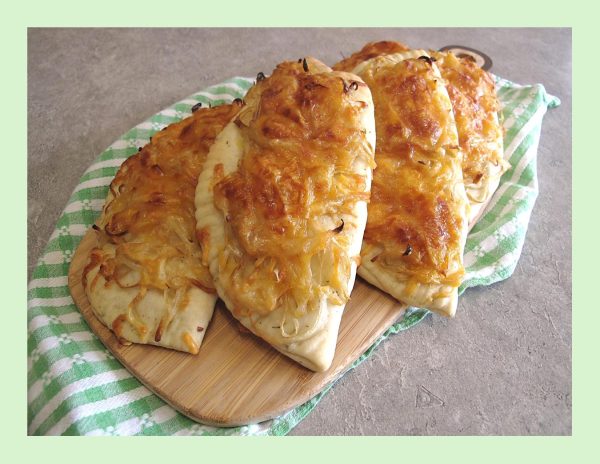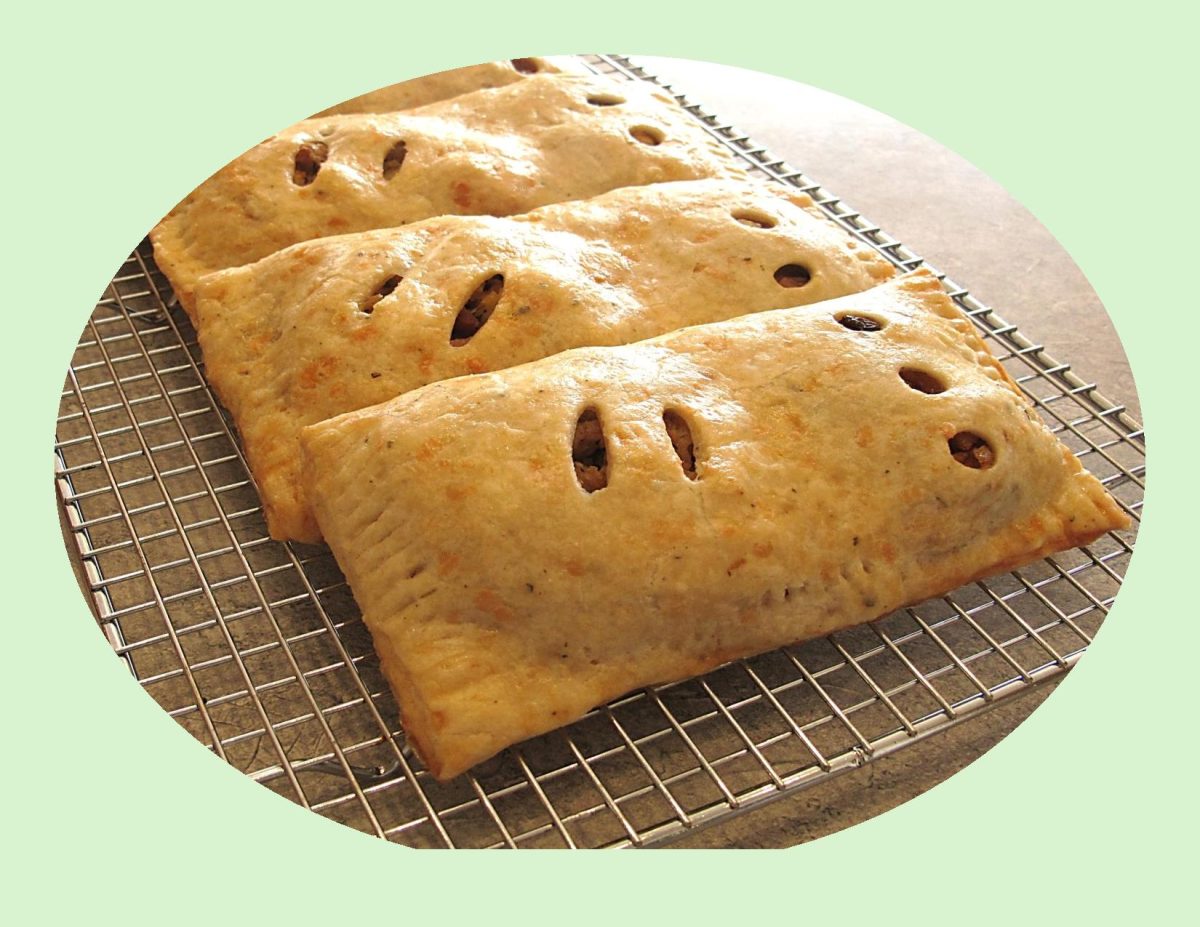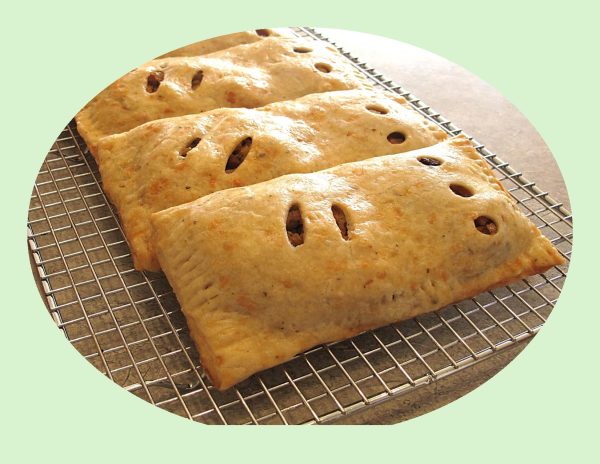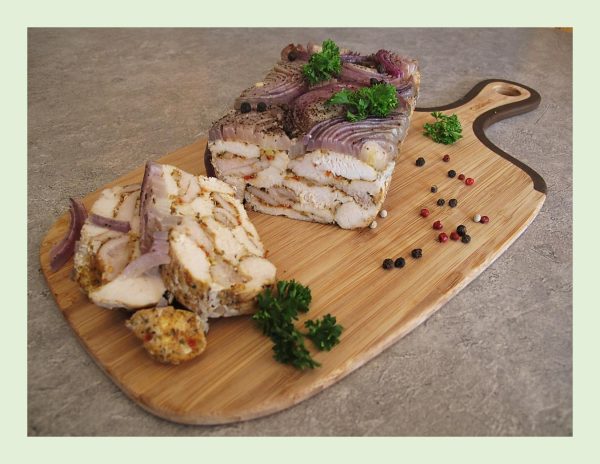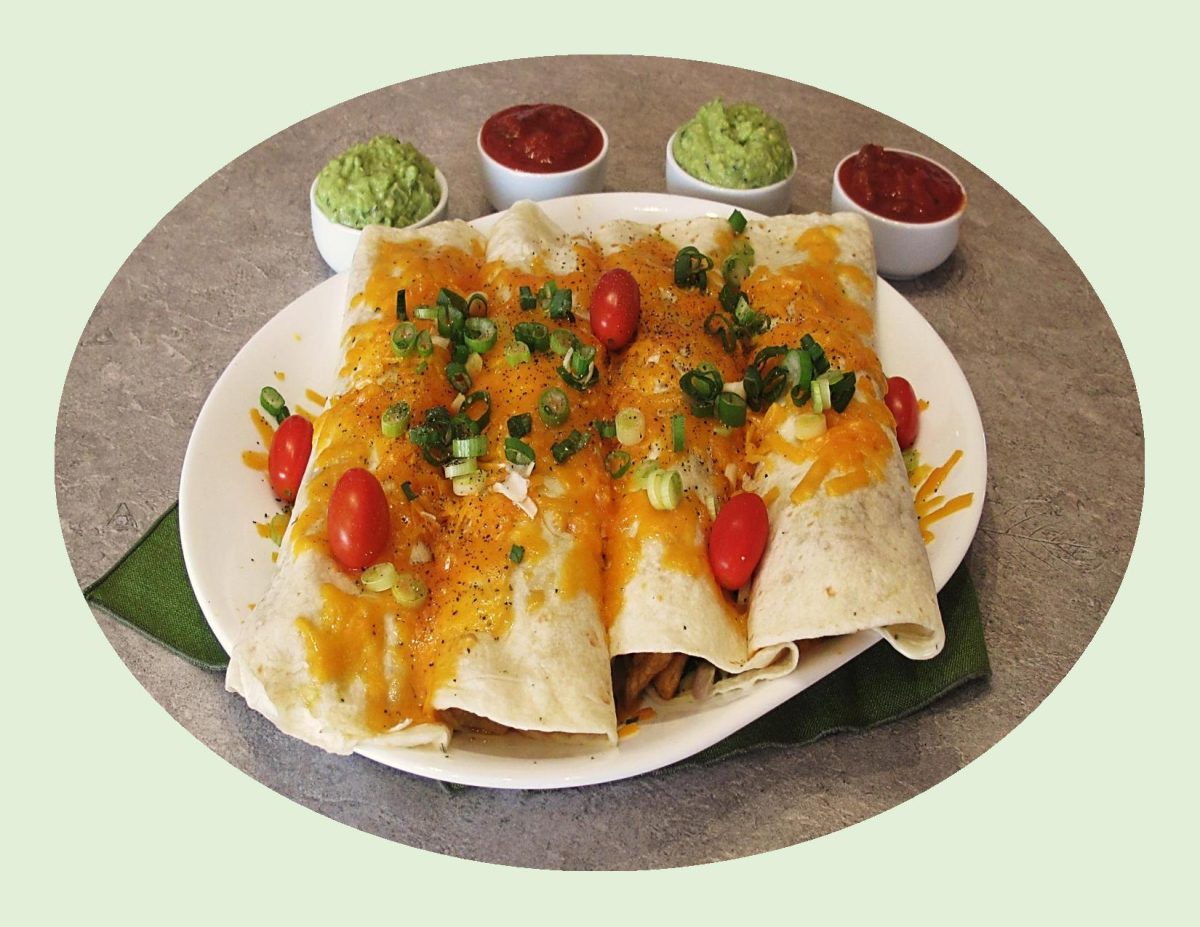There’s something about the sea – the waves, the salt air, the broad expanse of blue, the ambiance of coastal living that forever calls us back.
Over the years, Brion and I have vacationed many times in the Carmel / Monterey area on the Central Coast of California. For the many times we have gone there, it seems like you can never quite absorb enough of the images of the Monterey peninsula. As a rule, we make Pacific Grove ‘home base’ and from there do numerous day trips. On this occasion we decided to take the Pacific Coast highway down to see the famous ‘Hearst Castle’.
The amazing thing about the Pacific Coast is that it is still mostly wild, open, and astoundingly beautiful country, where you can drive for miles and miles and have the scenery all to yourself. This famous stretch of rugged and mountainous coastline is known as ‘Big Sur’ and is one of the most beautiful coastlines anywhere in the world.
At the south end of Big Sur, the mountains flatten out and turn inland, and the coastline becomes rolling open-range ranch land. High on a hill above Hwy-1 stands the amazing sight known as Hearst Castle. It’s the sort of place that you have to see to believe and even if Hearst’s taste in interior design doesn’t appeal to you, it’s well worth the trip to see it.
The story of Hearst Castle is a long and colorful one. For the turrets, towers and temples that today crown this California hilltop did not spring into being overnight. The beginnings of today’s ‘Enchanted Hill’ started in 1865. In that year 43-year-old George Hearst bought a 48,000-acre ranch for seventy cents an acre that lay adjacent to San Simeon Bay in northern San Luis Obispo Country. This was the first unit of what eventually became the huge San Simeon property … a 240,000-acre area of mountains, foothills and valleys with an ocean front of more than fifty miles. After his death and that of his wife, Phoebe, ownership of the property went to their son, William Randolph Hearst.
Originally called ‘Camp Hill’, it’s wilderness offered a place for family members and friends to ‘rough it’ on camping trips. Despite elaborate arrangements, Hearst envisioned more comfortable accommodation. In 1919, he told San Francisco architect Julia Morgan, ‘I would like to build a little something up on the hill at San Simeon. I get tired of going up there and camping in tents. I’m getting a little old for that. I’d like to build something that would be more comfortable’. That ‘little something’ quickly became the vast mansion that towers over the property today.
Julia Morgan was the first woman to graduate with a degree in engineering from California State University, and she had studied architecture at the renowned Ecole des Beaux-Arts in Paris.
The main residence is much larger than the others (60,645 square feet). Known as ‘La Casa Grande’ (the Big House), it stands four stories high and is fronted by two towers with carillon bells inspired by the Church of Santa Maria la Mayor in Ronda, Spain. The three guesthouses are mansions in themselves, each containing between 10 and 18 rooms: ‘Casa del Mar’ (5,875 square feet) faces the Pacific Ocean; Case del Monte (2,291 square feet) faces the Santa Lucia hills; and ‘Casa del Sol’ (2,604 square feet) looks west towards the setting sun. Each of them too, is filled with treasures from Hearst’s inexhaustible and diverse collection of art and antiques.
The numerous galleries are crammed with European art and statues while the 90-foot-long library with its Spanish-Moorish ceiling and ascending shelves is filled with rare edition books. The visitor is treated to sights such as 400-year-old Spanish and Italian ceilings, 500-year-old mantel pieces, 16th century Florentine bedsteads, Renaissance paintings, Flemish tapestries, a dining table that seats one hundred guests, and much more.
It is impossible to summarize the many magnificent rooms, but on the whole, they feature art deco, baroque and gothic architecture; with an array of arches, verandas and balconies that give way to sweeping views over the surrounding countryside. For one room, an entire Spanish monastery was bought, dissembled and shipped to California stone by stone before being reconstructed within the Casa Grande. In contrast to all the antiquity, the movie theater within the main house ran two screenings a night – once for the guests and once for the staff, always showing the latest releases from Hollywood.
There are two pools: The Romanesque indoor pool is laid out in a ‘T’ plan with mosaic and 22 gold carat gold tiles surrounded by Greek statues and globe lamps that create the impression of moonlight. The outdoor Greco-Roman pool is known as the ‘Neptune Pool’ and features an ancient Roman temple transported from Italy. The pool is surrounded by marble colonnades that manage to frame the main house, the mountains and the distant sea. It was rebuilt three times before it met Hearst’s exacting standards. The 127-acres of grounds also included tennis courts and a garage for 25 cars.
When most people think of Hearst Castle, they think of its lavish style and architecture. But what many don’t know is that Hearst Castle was once home to the world’s largest private zoo.
In the early days of the castle animals, including peacocks, ostriches, giraffes, Fahr goats, Berbery sheep, monkeys, cheetahs, lions, panthers and even polar bears were kept there providing a bit of exotic flair. The Hearst Castle zebras are one of the last remaining species after the dismantling of the zoo. If you’re lucky you can still see them from the Pacific Coast Highway as you pass the castle grounds.
Hearst Castle took approximately 28 years to build, with construction spanning from 1919 until 1947, and while the original cost was around $10 million, when adjusted for inflation, it would equate to roughly $700 million in today’s money.
Hearst Castle is in pristine condition today, even surviving a 6.5 earthquake with no structural damage thanks to the incredible design by Julia Morgan. The estate still has its original floors, upholstery, stairs, ceilings, everything.
To take a tour, you first take a short 10–15-minute bus ride up the hillside to Hearst Castle. If you came by car, you park at the visitor’s center and get whisked up the mountain as a group. Your tour ticket includes the bus ride.
There are various guided tours to choose from. Over the years Brion & I have taken several tours and always enjoy them all. The kitchen was, of course, a very interesting part of the tour for me being a ‘food person’. It was full of practical devices, including stock pots, rotisseries, industrial-sized mixers, and early refrigerators—which stand today just as they did decades ago with the countertops being made of metal alloy. This would have been where all meals were prepared for the Hearst’s and vacationing guests. There is so much to see, it’s hard to take it all in without missing something.
After we had purchased our tickets, we had a bit of time before our tour, so we decided to have something to eat. The visitor center is the only location at Hearst Castle where food and drinks can be purchased serving casual international fare and boasting ‘grass fed’ locally raised Hearst Beef. Brion was interested in trying the Hearst beef burger and I settled on a ‘huge’ pretzel. Brion found the beef burger (which consisted of half-pound patty, artisan bun, smoked Gouda, lettuce, tomato, onion, garlic aioli, with a pile of perfect french fries or apple-olallieberry slaw), to be absolutely amazing and my pretzel was equally as good but more than I could eat at one sitting. I tucked it away for a snack later on after the tour.
I have added a small collection of pictures which are posted through the recipe section of the blog. There is so much to see it would be impossible to show it all so I have tried to summarize it in this blog and photos.
- The main picture is an aerial view of Hearst Castle as well as the road from the Visitors Center by the ocean going up the hill to the castle
- La Casa Grande showcasing its grand entrance
- A Sitting Room
- The Main library
- Billard room
- Assembly room and the Grand Dining Room
- An Egyptian Statue and a Morning Room
- Balcony view overlooking the vast property
- Neptune Pool
- Roman Pool
- 3 views of the Hearst Castle Kitchen
- Old photo of Zebras & Bison
- Zebras can still be seen grazing with the Hearst beef cattle today
Needless to say, another great trip with some more precious memories made!
Print Recipe
Soft Pretzels
Votes: 1
Rating: 5
You:
Rate this recipe!
|
|
Votes: 1
Rating: 5
You:
Rate this recipe!
|
Instructions
Pretzels
In a small bowl, combine 1 1/2 cups of lukewarm water, yeast & a pinch of salt; allow to sit for 5 minutes until frothy.
In a large bowl, combine flour, salt & sugar. Add the frothy yeast mixture along with the melted butter; stir to combine. On a lightly floured work surface, knead dough for about 5 minutes & shape into a ball. Lightly butter the bowl, place the dough in it, cover with a tea towel & allow to rise for 45 minutes in a draft-free place.
Assembly
After the dough has risen, cut into 12 equal pieces & form each one into a 14-inch strand. Roll each strand back & forth to create a ‘rope’.
Shape into a pretzel by twisting the two ends around each other then bring it back down over the body of the pretzel.
Boiling/Baking
Preheat oven to 400 F. Line a large baking sheet with parchment paper.
Bring 3 cups of water & 1/3 cup baking soda to a low boil.
Dip each pretzel in soda water for 20 seconds, remove, using a slotted spoon to drain excess water. Lay pretzels on parchment lined baking sheet & brush with egg wash. Sprinkle with coarse sea salt.
Bake until the tops turn golden brown, 13-15 minutes. Remove from oven & cool on wire rack.
-
-
-
-
-
Recipe Notes
In this recipe I divided the dough into 12 pretzels. Cut your dough into fewer pieces if you wish to make the giant version.




























